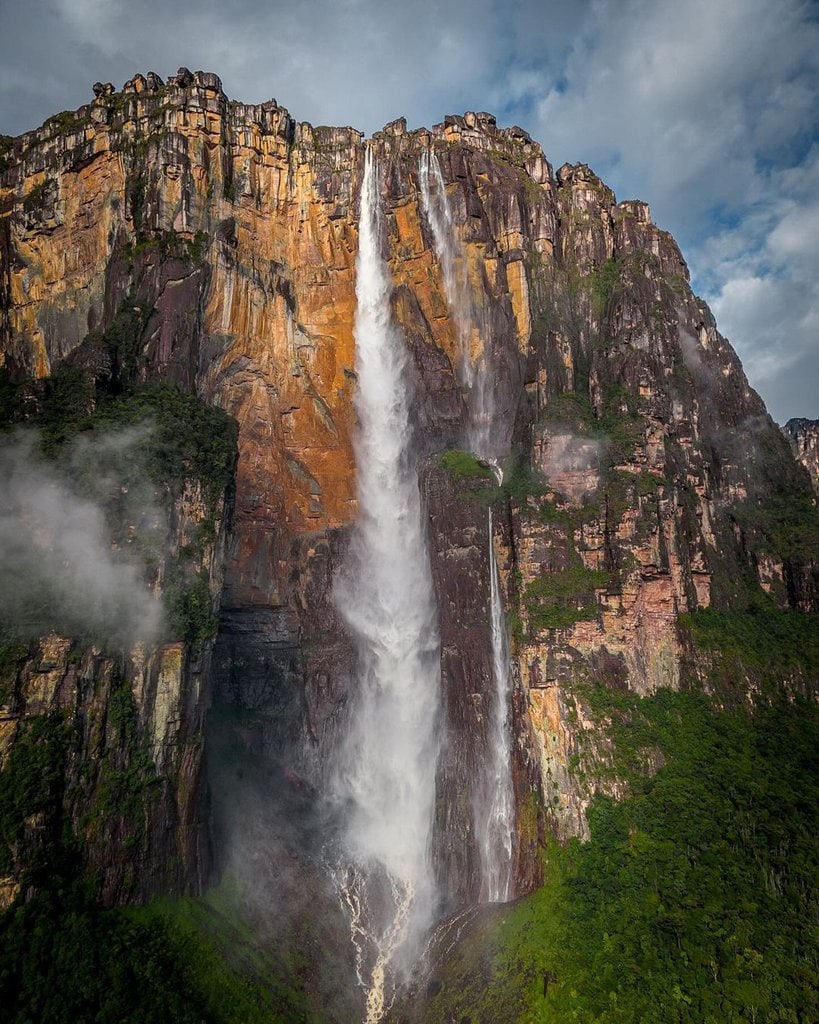The Magnificent Angel Falls
Tucked away in the dense jungles of Venezuela’s Canaima National Park lies Angel Falls, the largest waterfall on Earth. Named after Jimmy Angel, a US aviator who first spotted the falls from the air in 1933, Angel Falls plunges an astonishing 3,212 feet from the summit of Auyán-tepui, a towering table mountain.
The falls cascade down the sheer cliffs of the tepui in a breathtaking display of natural beauty, creating a mesmerizing spectacle that draws visitors from around the globe. Angel Falls is not only a testament to the Earth’s geological wonders but also a cultural icon and source of inspiration for artists, adventurers, and nature enthusiasts alike.

A Geological Marvel
The formation of Angel Falls is a result of the unique geological processes that have shaped the landscape of Canaima National Park over millions of years. Auyán-tepui, the tabletop mountain from which the falls originate, is composed of ancient sandstone and quartzite rocks that date back to the Precambrian era.
The sheer cliffs of the tepui create a perfect canvas for water to cascade down, forming Angel Falls as it plunges into the depths below. The surrounding rainforest, with its lush vegetation and diverse wildlife, adds to the allure of the falls, creating a pristine wilderness teeming with life.
Preserving a Natural Treasure
As one of the world’s most iconic natural wonders, Angel Falls serves as a reminder of the importance of preserving our planet’s precious ecosystems. Canaima National Park, where the falls are located, is recognized as a UNESCO World Heritage Site, protecting its unique biodiversity and cultural heritage. However, the park faces threats from deforestation, mining, and other human activities that endanger its delicate ecosystems.

By promoting sustainable tourism and conservation efforts, we can ensure that future generations have the opportunity to experience the awe-inspiring beauty of Angel Falls and appreciate the wonders of our natural world.